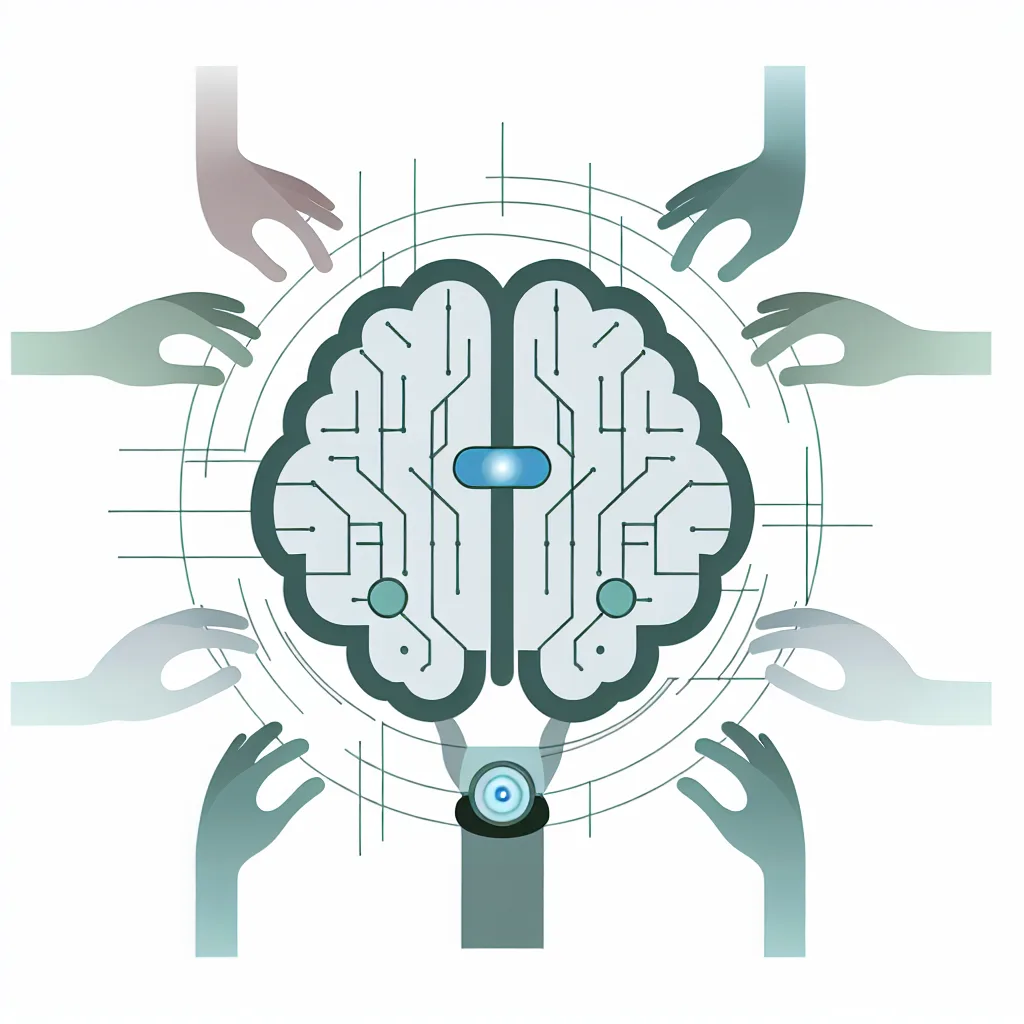Exploring the fear of releasing cutting-edge AI and what it means for the future of artificial intelligence
If you’ve been following AI developments lately, you might have noticed something interesting: the “fear of being SOTA” seems to be holding back some of the biggest players in the game. “SOTA” means “state of the art,” basically the most advanced, cutting-edge technology out there. But when it comes to AI models, it looks like companies like Google and Anthropic are a bit hesitant to let their latest creations loose.
Why would they be scared? It turns out, releasing powerful new AI models isn’t just about tech anymore; it’s also about how the media and public might react. Negative coverage or fear about AI getting out of control can make companies pause, to avoid backlash. It’s almost like they’re walking a tightrope, balancing innovation and public perception.
That hesitation leaves room for others in the race, like xAI or efforts from China’s AI labs, to shake things up. If those big names were the only players, we might still be stuck with older models like GPT-4o or Gemini 2. But with fresh competitors pushing forward, especially once computing resources improve, the whole AI landscape could shift dramatically.
What Does “Fear of Being SOTA” Mean for AI Progress?
This fear can slow down how quickly new technology reaches users. On one hand, caution helps ensure models are safe and reliable before release. On the other, it means we might miss out on using some pretty impressive AI until they’re “perfect.”
A useful way to see it is like this: Imagine a chef who keeps inventing amazing recipes but never serves them because they’re worried if people will like or understand them. It’s frustrating but understandable.
How Are Other Players Changing the AI Race?
With some leaders hesitant, startups and international teams are stepping up. xAI, for example, is known for more aggressive release strategies that can light a fire under the usual suspects. Meanwhile, Chinese AI developers are tackling big challenges like computing power limitations that could soon enable them to compete at new levels.
It’s a reminder that innovation isn’t just about having the best tech; timing and confidence to share it also matter a lot.
What’s Next in AI Development?
As the computing scene evolves and companies get better at managing public concerns, I expect the fear of being SOTA will ease. That means more new models arriving faster, offering fresh ways we can all benefit from AI.
If you want to keep an eye on this, checking out reports from OpenAI OpenAI or updates from Google AI Google AI can be a good start. Both offer solid info about where AI is headed, even if their release schedules feel a bit cautious.
Plus, keeping track of international efforts through coverage on tech news sites like TechCrunch TechCrunch AI adds perspective on how competitors are influencing the field.
At the end of the day, this fear isn’t about holding back progress forever, but about making sure new AI tech steps into the spotlight when it’s ready — not too soon, not too late. And that’s something I think most of us can understand.
So, let’s keep watching, curious and hopeful about what the next breakthroughs will bring.
